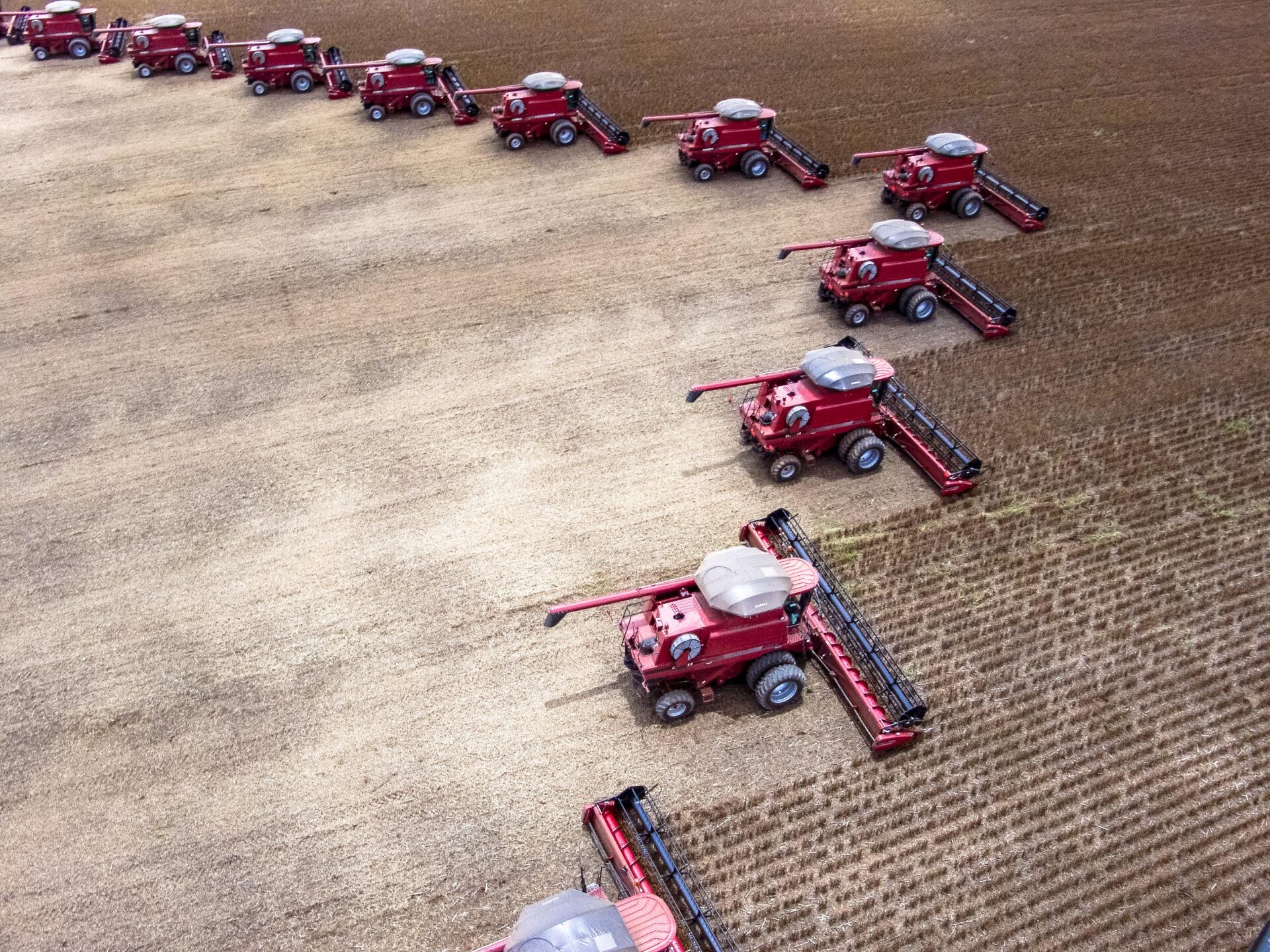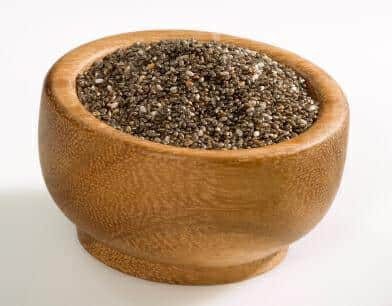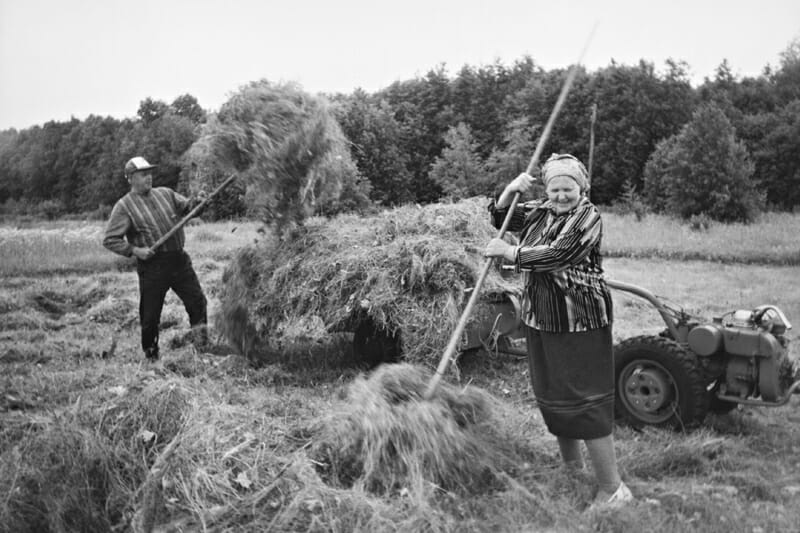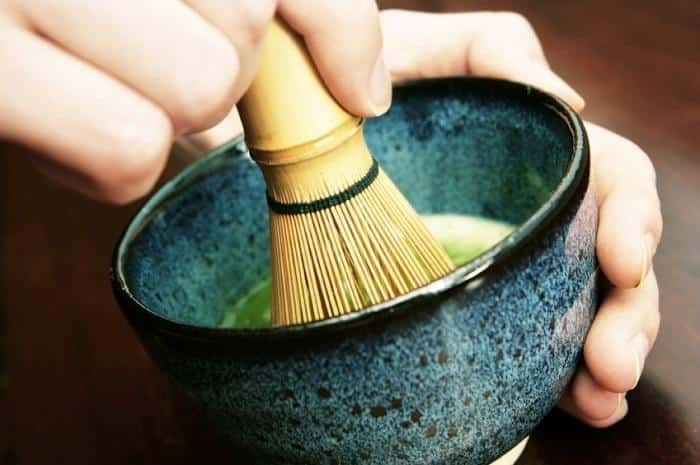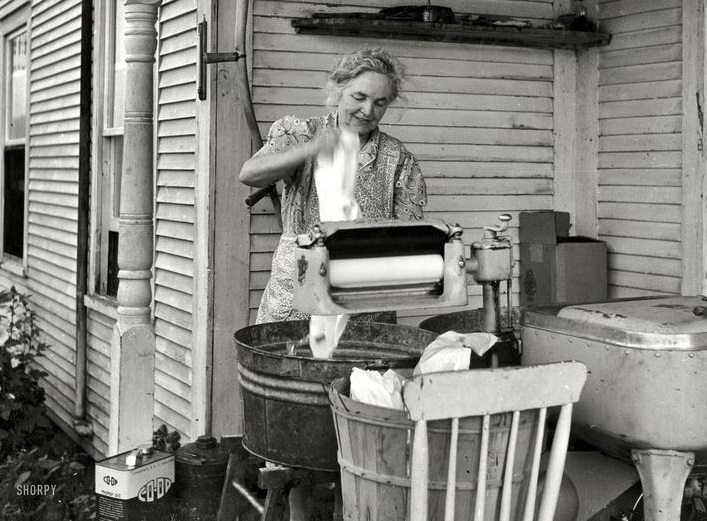
If your home is like mine and you don’t have central air conditioning, then trying to keep the house as cool as possible when it’s hot outside is important. One very common appliance that can really heat up a house is a dryer.
Lately, I have been washing my clothes in the washing machine but hanging them up to dry. This doesn’t take long to do, and clothes dry quite quickly in 80-90 degree weather in the sun. Additionally, since air drying can leave clothes wrinkled and a bit rigid, I pop the dried clothes into my dryer with some fabric softener for about 5 minutes to get them soft.
Going “back to basics” is a great way to save money and electricity, as well as learn a new skill. Since everyone has to do laundry, learning how to go without a washing/dryer or just reducing your use of them can be very useful.
Off-Grid Laundry: Washing Clothes by Hand
When you think of handwashing clothes, an image of a pioneer lady scrubbing away on a washboard comes to mind. If you are a woman, you may already wash your undergarments or other delicates by hand. There isn’t any real secret to washing your laundry by hand. It does take some elbow grease, but it’s a worthwhile skill to learn.
The absolute basic way of washing clothes would be to fill up your sink or bathtub with warm water, add a few drops of your detergent or some other soap and start scrubbing. You can use a soft bristled brush, your hands or just scrub two pieces of cloth together. Once they’re cleaned, rinse with cool water and inspect to make sure you got everything out.
Truly washing by hand is fairly easy for lightly soiled clothes and if you just need to wash some shirts or denim. The next step up would be to use a washboard or scrubbing board. You can find these boards at thrift shops or yard sales, as well as online.
You could make your own washing board by replicating the build of the traditional boards if you are handy with tools. If you are disabled or have an injury preventing you from scrubbing away on a board, then a non-electrical washing machine could be your best bet. Hand-powered washing machines are perfect for larger loads of off-grid laundry or if you don’t want to/can’t use a washing board. These machines are very popular for people living off grid as well as during extended car camping trips.
Once you’ve got your clothes washed, it’s time to dry them.
Air Drying Clothes Properly
While you can string up a rope outside and drape your clothes over them, there are some tips to keep in mind.
- Don’t hang your clothes directly in the sun. Direct sunlight will get your clothes dry more quickly but also causes a lot of stiffness in the fabric as well as sun bleaching. Definitely don’t air dry delicates in direct sunlight.
- Hang T-shirts bottom up. Clip your shirts upside down on the bottom hem rather than at the shoulders. Clip marks are far less noticeable here.
- Knit shirts, sweaters, skirts and other clothing should never be hung, as it stretches the material. Same goes for any type of knit, crocheted or wool bedding. Instead, lay these items out on a screen so they can dry flat. You can build your own screen for this purpose or MacGyver it by popping out a window screen or two and placing them on bricks to allow airflow.
- Protect the vibrancy of clothes by turning them inside out before hanging up to dry. This is a good tip for regular electrical washer and dryer use, as well.
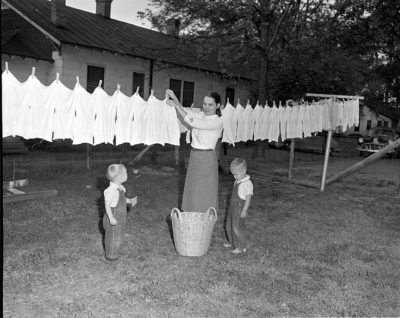
While using a clothes line strung up outside with pins is the traditional way of drying clothes, it isn’t the only option. Clothes drying racks are perfect as a standalone way of drying clothes or an addition to your clothes line as a place to hang delicates, socks, rags and smaller items of clothing. Those of you in urban settings can also use those types of racks. Another option would be a retractable clothes line in your home high up towards the ceiling.
Making Your Own Detergent and Fabric Softener
Now, a quick word about laundry detergents and fabric softeners. Both of these products can be made right at home and for good reason. It will save you money and prevent exposure to the nasty chemicals typically in these products. You also will be able to infuse the scent of your choice into your mixes, which is a huge bonus if you are like me and don’t enjoy the scent of most store-bought detergents.
There are TONS of recipes out there on the web for these two off-grid laundry essentials. Here is one of the most basic recipes to get you started:
- Ivory Soap – 1 bar, shaved (you can use a cheap cheese grater)
- Borax – 1 cup
- Arm and Hammer Washing Soda – 1 cup
Mix and add whatever essential oil that is pleasing to you. The number of drops you will need depends on the oil you are using and how sensitive your nose is, so just use common sense. Drop in some oil, mix and sniff until you get to your desired scent strength.
As for fabric softener, the recipe is even simpler. Buy yourself a gallon jug of regular white vinegar and add in anywhere from 10-20 (or more, depending) of your favorite essential oils. To use this, you will first wash the clothes so they are clean. Empty the dirty water and refill the tub with cool water. Add in roughly a half cup of the vinegar mix and agitate the clothes a bit. Empty this out and do one final rinse (preferably under cool running water) to get everything out.
If you don’t like it, or would like to try something different, just do a Google search for “DIY detergents/fabric softeners”.
Laundry is a necessary evil, but it doesn’t have to be difficult. Next time you have a load, skip your machines and try it by hand. Or at least hang them up to dry.







